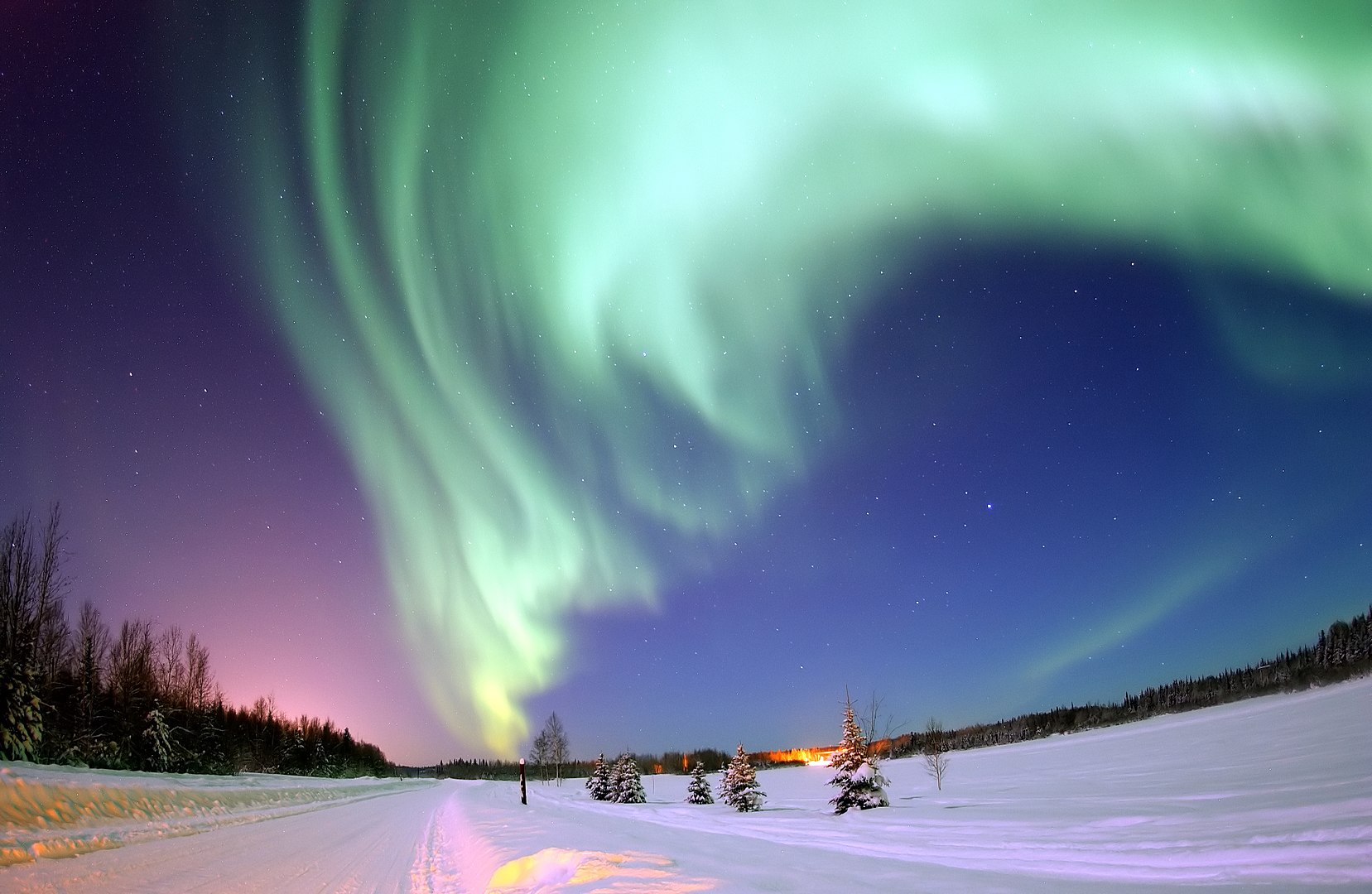Auroral activity on Earth varies over time. As the magnetic poles drift, auroras can appear at different latitudes around the globe. Solar activity also affects them, with powerful solar storms pushing the auroras further into mid-latitudes.
In an effort to better understand how auroras move around, how they’ll move in the future, and when powerful solar storms might pose a threat, a team of researchers have tracked auroral activity for the last 3,000 years.
Continue reading “Researchers Use Ancient Literature to Track 3,000 Years of Auroras”
